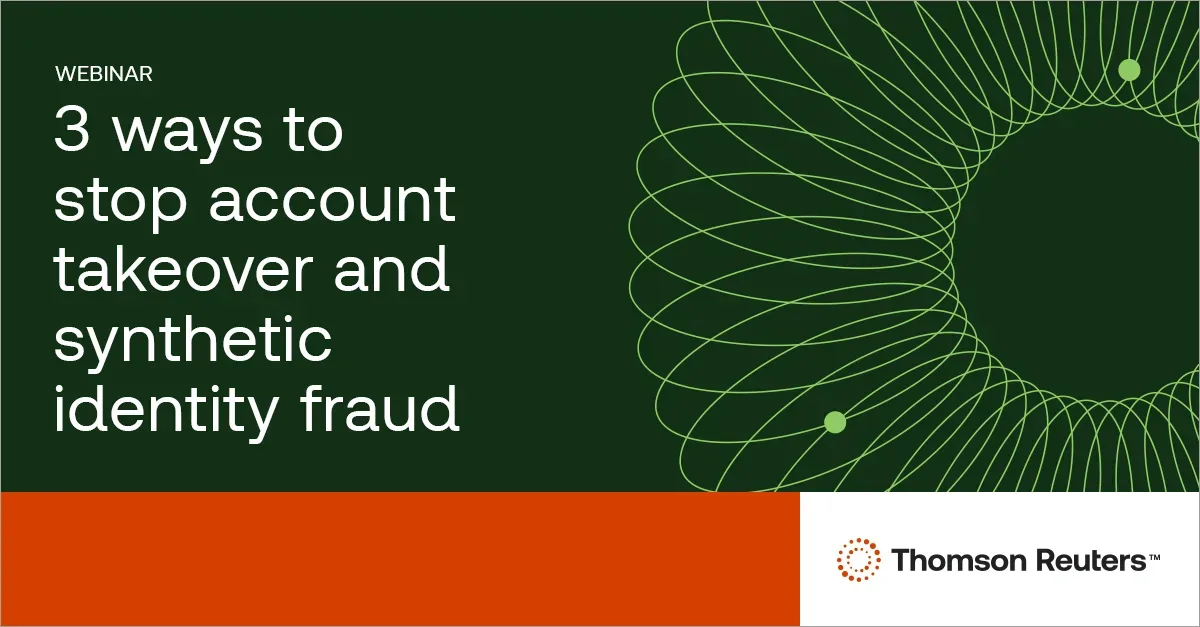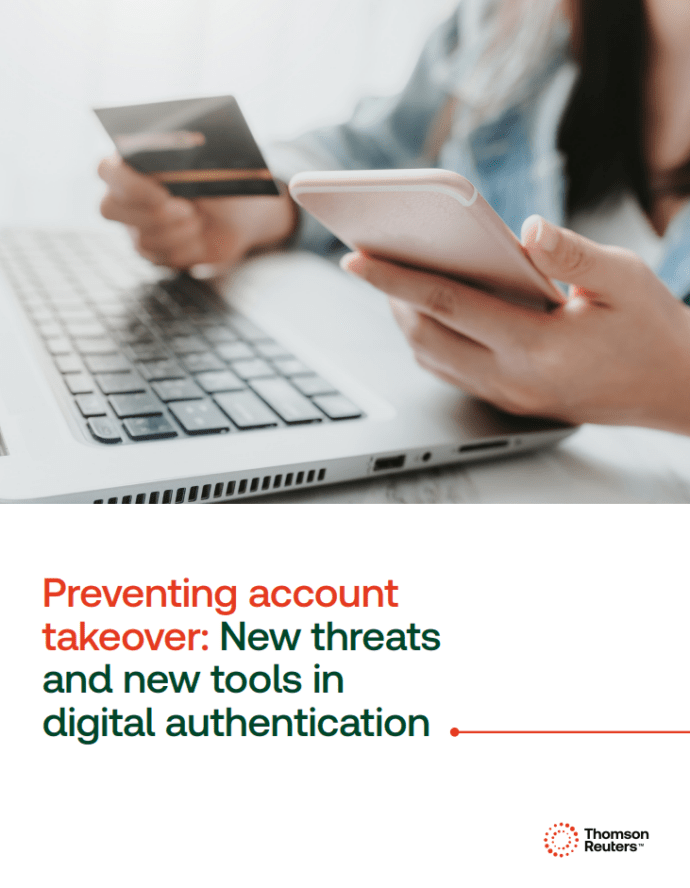In case you haven’t heard: October is Cybersecurity Awareness Month. That makes it a suitable time for businesses in all industries to assess and fortify their online security measures. Cybersecurity Awareness Month is a global initiative designed to raise awareness about the importance of digital security and empower individuals and organizations to protect their sensitive information from cyber threats. While banks and financial institutions should be particularly cognizant of online threats, large companies in nearly every industry need to be vigilant against increasingly sophisticated cyber thieves seeking to steal sensitive data, set up phony accounts, and infect company networks with malware (among other threats). Even smaller businesses that don’t have risk directors, compliance directors, and fraud investigators on staff can benefit from current cybersecurity best practices. Smaller firms often do have information hackers want. What’s more, online threat actors can penetrate these firms’ IT infrastructure to gain access to larger businesses that are their partners, vendors, or customers.
Jump to ↓
| “Classic” approaches to cybersecurity still work |
| Emerging trends and strategies |
| Using tech to create “precision cybersecurity” |
| Don’t overlook human risks |
| Cybersecurity: A year-round necessity |
“Classic” approaches to cybersecurity still work
Most larger enterprises know how important regular security audits and risk assessments are in identifying and mitigating network vulnerabilities. They also are well aware of the need to maintain robust cybersecurity policies, including regular updates to security protocols and systems. For businesses that aren’t doing so already, now is an excellent time to implement multi-factor authentication (MFA) and end-to-end encryption to safeguard sensitive information. These are somewhat basic defenses, but they can still provide frontline protection against most cyber-attacks.
 |
Emerging trends and strategies
That said, cyber-criminals generally don’t keep using the same attack weapons over and over. The most sophisticated of these hackers craft new strategies for overcoming corporate IT defenses. In other words, they can be just as “innovative” as the developers of cybersecurity solutions. Especially when cybersecurity skills are in demand, it’s vital to stay on top of security measures and response plans. A notably relevant example of this is the use of generative artificial intelligence (GenAI) in cybersecurity. GenAI’s astonishing and still-evolving capabilities to process and analyze massive amounts of data while “learning” how to recognize and adapt to new information make it a hugely promising weapon in the battle against cyber risk. GenAI’s attributes also mean that it could become a powerful weapon for digital threat actors. Hackers could use GenAI-generated emails, phone messages, and deepfake videos to fool employees into giving them access to company networks. As GenAI continues to evolve, it could become a frightening adversary as well as a powerful protector. Another technology-related trend that company cybersecurity teams should explore is the shift towards an outcome-driven metric strategy in cybersecurity. This strategy focuses on the effectiveness of the totality of security measures rather than simply the implementation of tools and technologies.
Using tech to create “precision cybersecurity”
We’ve discussed the potential power of GenAI in recognizing and thwarting cyber-attacks. We’ve also noted that GenAI’s machine learning capabilities means that this technology will get better and better over time—and “over time” may well mean “very quickly.” Its high-powered data analytics prowess promises to provide businesses with what might be called “precision cybersecurity”—that is, pinpoint threat detection and response. Integrating AI with other cybersecurity tools is likely to allow corporate IT managers and risk teams to work together and better predict threats. It can also automate the network’s defensive response, thereby reducing the time between threat detection and mitigation.
Don’t overlook human risks
Technology tools and digital innovation will always be crucial to the success of a company’s cybersecurity defence strategy. But that doesn’t mean that businesses can ever ignore the human factor.
Employees at nearly every level play an essential role in an enterprise’s cybersecurity strategy. An obvious but still all-too-relevant example of why that’s the case is the prevalence of phishing. Cyber-attackers have been using phishing emails to sneak into company IT systems for years. But just as handguns can be just as dangerous as more high-tech weaponry, simple phishing attacks remain surprisingly effective. Employees still respond to emails and click on links that appear to have come from vendors, customers, colleagues, and company higher-ups—only to inadvertently unleash malware and other malevolent code into the company’s network.
In other words, companies need to establish or maintain a rigorous program of continuous education and training for employees to recognize phishing scams and other cyber threats. As digital threat actors incorporate GenAI into their offensive strategy, phishing attacks could become even more deceptive and more dangerous. Businesses that haven’t done so already should adopt a security-first culture where best practices are embedded in every aspect of the organization’s operations. This includes regular updates and briefings on the latest threats and defensive tactics.
Cybersecurity: A year-round necessity
Organizations need to maintain their awareness and vigilance regarding cybersecurity every month, not just during Cybersecurity Awareness Month. They also should continuously stay informed about emerging cyber threats, since hackers are constantly developing new weapons to sidestep network fortifications. By leveraging the most current technological innovations, companies in all industries and of all sizes can enhance their cybersecurity posture, making them less vulnerable to attacks that can damage not only their reputations but also their profitability and even stability. Stay ahead of cyber threats and protect your business from account takeovers. Discover the latest strategies in digital authentication by reading our comprehensive ‘Preventing account takeover: New threats and new tools in digital authentication‘ white paper.
 |
Thomson Reuters is not a consumer reporting agency and none of its services or the data contained therein constitute a ‘consumer report’ as such term is defined in the Federal Fair Credit Reporting Act (FCRA), 15 U.S.C. sec. 1681 et seq. The data provided to you may not be used as a factor in consumer debt collection decisioning, establishing a consumer’s eligibility for credit, insurance, employment, government benefits, or housing, or for any other purpose authorized under the FCRA. By accessing one of our services, you agree not to use the service or data for any purpose authorized under the FCRA or in relation to taking an adverse action relating to a consumer application.








